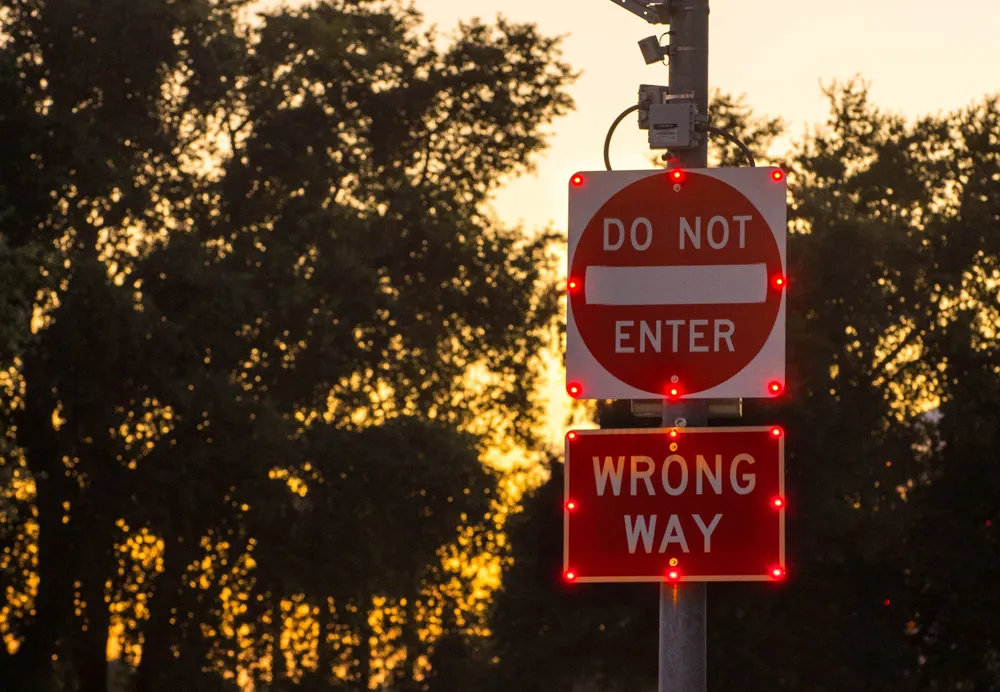Bellevue City Council, Washington has approved an expansion of the city’s photo enforcement program, supplied by
In an effort to improve traffic safety at busy intersections and school zones, the city in 2009 and 2010 installed cameras to catch red light runners and school zone speeders.
Police data show that the cameras now in place generally have changed driver behaviour and increased safety. The number of infractions from both speed and red-light cameras have decreased from 22,798 in 2010 to 11,956 in 2013.
The council approved a five-year contract with ATS for operation of all of the enforcement cameras.
Expanding photo enforcement
Bellevue City Council, Washington has approved an expansion of the city’s photo enforcement program, supplied by American Traffic Solutions, from three red-light cameras and two school-zone cameras to six red-light cameras and three school-zone cameras.
In an effort to improve traffic safety at busy intersections and school zones, the city in 2009 and 2010 installed cameras to catch red light runners and school zone speeders.
Police data show that the cameras now in place generally have changed driver
July 25, 2014
Read time: 1 min








